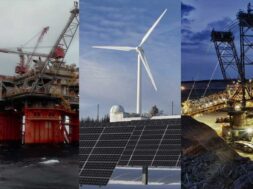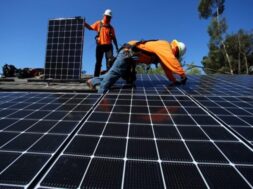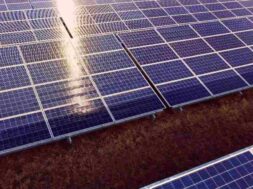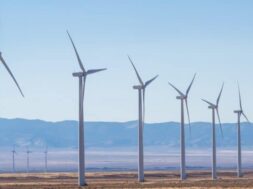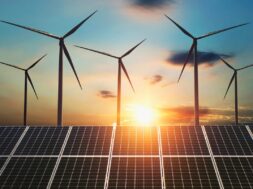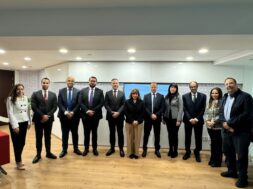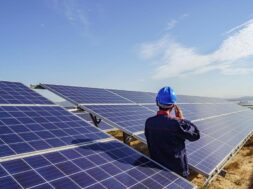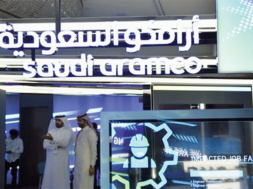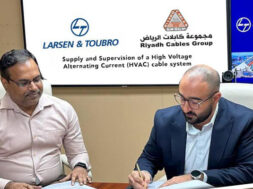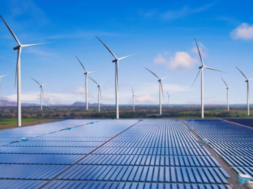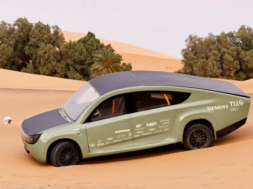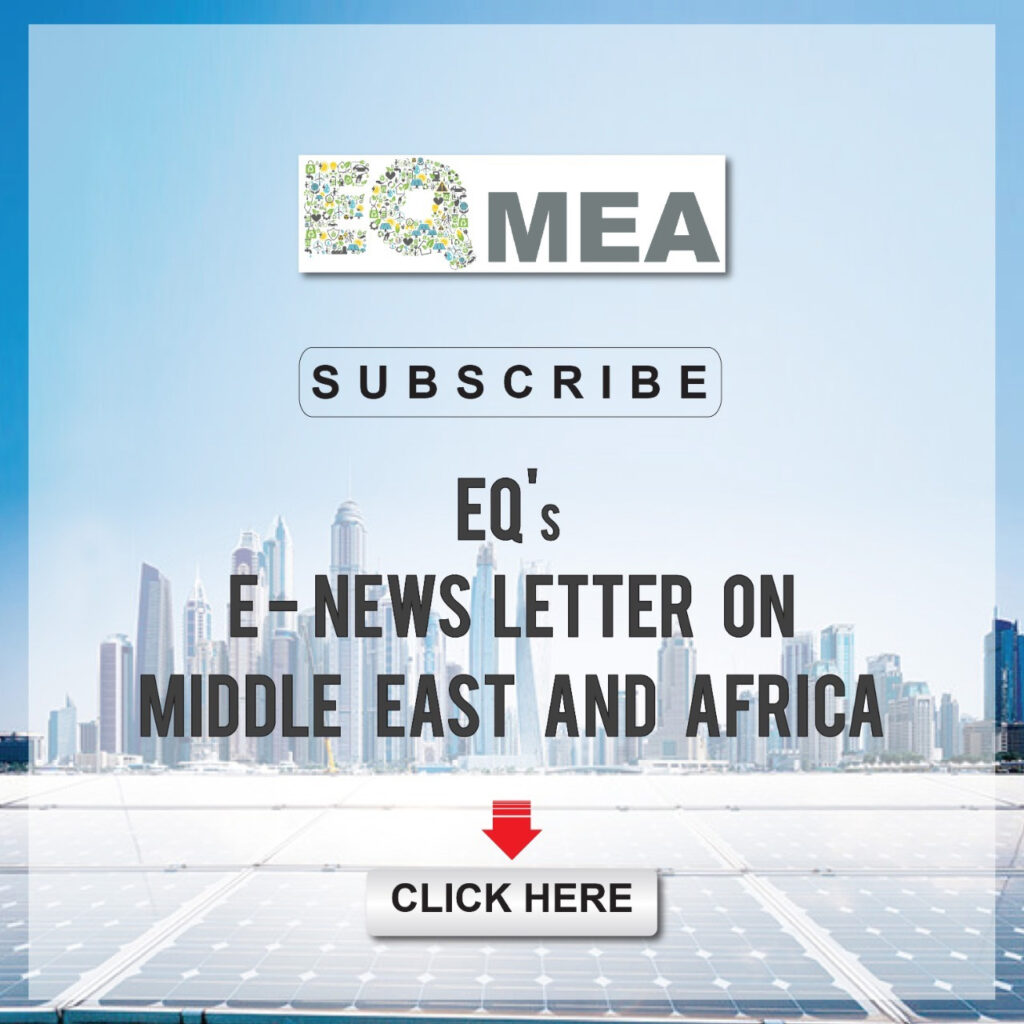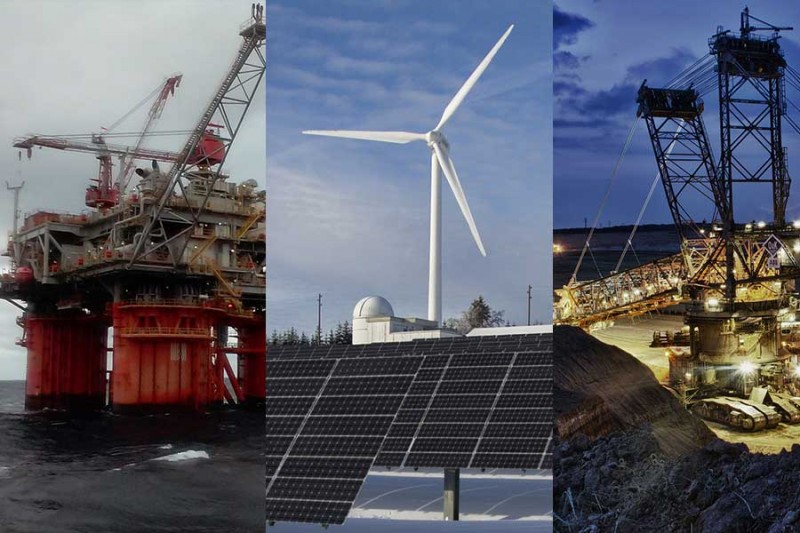
Morocco is eager to accelerate its energy transition, but the clock is ticking and major investment is needed.
Rabat – With eight years left until Morocco intends to generate 52% of its energy needs through renewables, King Mohammed VI has called on the government to “accelerate” the process. That acceleration is desperately needed amid a global context of high prices for most fossil fuels.
Currently, Morocco still depends on foreign, non-renewable, sources of energy to supply over 90% of its energy needs. This dependency is not only a geopolitical risk, but has also led to a dire cost-of-living crisis as the cost of transportation and imports have risen significantly in 2022.
Achieving the Moroccan ambition to generate 52% of its energy needs domestically, through renewables, is a gargantuan task. It does not “only” mean replacing nearly half of the current energy supply, as Morocco’s energy consumption is only set to further grow as the country continues to develop.
There are a variety of technological solutions on offer for Morocco. In fact, the country is seen as one of the world’s best locations for a variety of green tech, including solar and wind energy. Yet, as an African country, Morocco has limited access to global capital, and many foreign investments in the nation require the country to export much of the energy that it would generate.
Export, export, export
The UK, for example, is investing heavily in Moroccan green energy. Remarkably, much of that investment is going into building the world’s longest electricity cable, to send Moroccan solar and wind power directly to the UK. While these projects technically invest in Moroccan energy generation, they will not do much for the country’s own energy needs.
It is ironic that a country seeking to expand both its generated energy and domestic manufacturing is signing a variety of agreements to export both much-needed raw materials and electricity generated through renewables.
Over the past year, Morocco has agreed to let a Canadian company mine and export Moroccan silver, something this firm was only able to do because it does have access to international capital, recently borrowing $100 million to finance the expansion of its mining activities in Morocco.
Another Canadian company is focusing on mining and exporting Moroccan manganese, while British mining company Alterian is eager to extract Morocco’s copper and India’s Samta Mining is planning to mine various other precious and base metals.
These companies are welcomed in Morocco with a variety of tax breaks, and incentives, often leading them to pay almost nothing in taxes over their first five years of operation. Furthermore, Morocco’s drive to attract foreign investment boasts of the country’s policy of “free repatriation of profits and capital for non-residents.”
While these investments attract short-term development and certainly boost GDP, every ounce of precious metals that is exported could have instead been reserved for Morocco’s growing manufacturing sector.
Similarly, Morocco is set to export much of its new-found gas riches to the UK, while its giant pipeline project, to gain access to Nigerian gas, is increasingly touted primarily as an export route to Europe. If all goes according to plan, Morocco will be supplying seven million British households with green energy, while Moroccan gas can be used to heat local homes.
Investment
While no one can fault Morocco for its continental leadership on the topic of green energy generation, it remains to be seen if Morocco can independently fund its objective to generate 52% of its energy needs through renewables by 2030. Achieving this objective would take a sizable chunk out of the national budget, while using foreign investment commonly means having to export at least part of the gains.
There are some indications that Morocco is not just opting for a short-term grab for FDI (Foreign Direct Investment) however. We see a renewed focus on using Moroccan funds to generate Moroccan green energy in the approach taken by the Moroccan Agency for Sustainable Energy (MASEN).
MASEN has been responsible for the ultimate symbol of Morocco’s green ambitions, the Noor solar plant which is set to be the largest of its kind across the world. Phase one of the project, costing an estimated $537 million, was financed solely by the African Development Bank (AfDB), followed by its $2 billion second phase, which attracted a variety of international investors.
To develop the world-leading project MASEN worked with AfDB, The French Development Agency, the global Clean Technology Fund, the European Commission and Investment Bank, as well as the World Bank and Germany’s Kreditanstalt fur Wiederaufbau.
International expertise was brought in to develop the massive solar plant, which currently has the capacity to provide green energy to an estimated one million Moroccan homes. The success of the project has created the expectation that MASEN and others could invest more than $26 billion between 2016 and 2030, to generate an additional 10 Gigawatt (GW) in renewable energy.
National priority
In 2021, Morocco’s renewable power plants produced nearly 8 GW-hours of electricity, rising by 9.5% over the course of a year. The share of renewables in the country’s energy supply similarly rose from 18.5% in 2020, to 19.1% in 2021. While these numbers suggest gradual improvement, they did also depend on imported Spanish energy, and are currently not rising fast enough to reach Morocco’s 2030 target.
The difficulty for Morocco is that it is at once investing in futuristic energy plans, while trying to improve the country’s basic healthcare and pension coverage. These plans by themselves would be a large drain on any economy, yet Morocco also has the responsibility to prepare for an increasingly drought-filled future.
Meeting Morocco’s water needs is likely to require massive investment in desalination plants, further draining the state budget, while these plants themselves require enormous amounts of energy to run.
There is however a geopolitical trend that could play in Morocco’s favor when it comes to its need for capital to fund its climate ambitions.
The growing rivalry between the European Union and China has seen the EU renew its focus on Africa. The European bloc is keen to counter what it perceives as China’s growing influence on the continent, and is willing to open its cheque book for this purpose. Of course this is not called the “countering China fund,” but instead focuses on a much more PR-friendly topic: Green Energy.
Over the coming years, the EU will provide billions in climate and green energy funding, while hoping to make a few new friends on the African continent. With Morocco already having a reputation as a reliable location for green FDI inflows, the North African nation is likely to attract even more attention for its potential renewable energy riches.
If Morocco’s government wishes to fulfill the king’s desired “acceleration” of the energy transition, it would be wise to think big.
Short-term deals with tiny foreign extractive companies that are currently being signed are unlikely to do much. Still, large international stakeholders such as the EU and the African Development Bank could provide the required funding, while not requiring Rabat to export its newly gained energy capacity.
